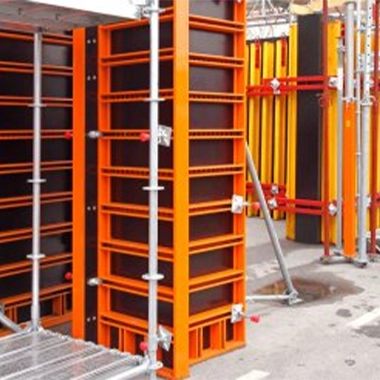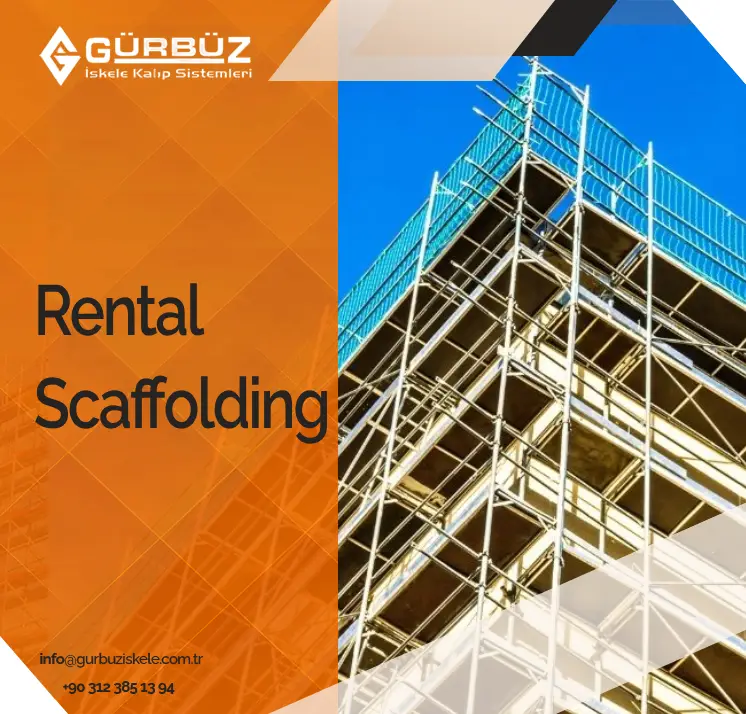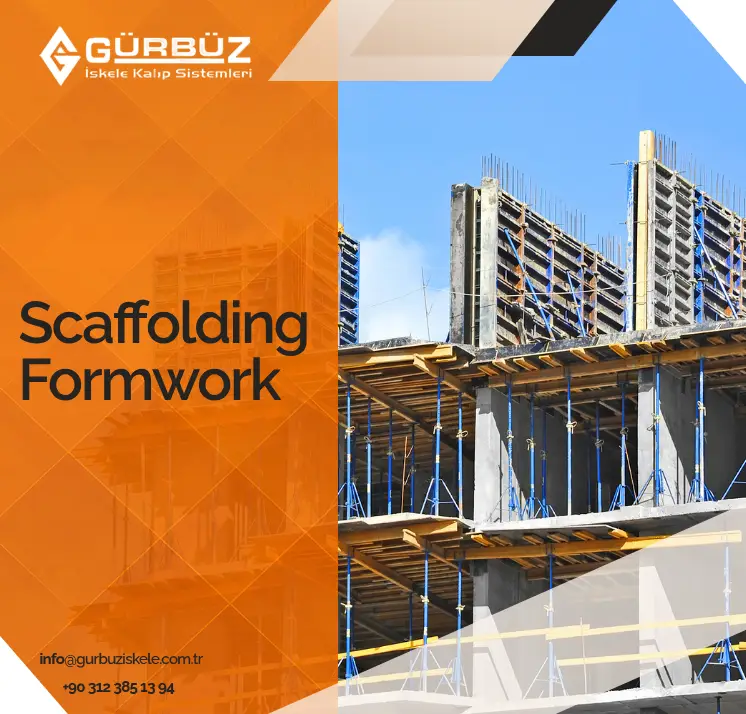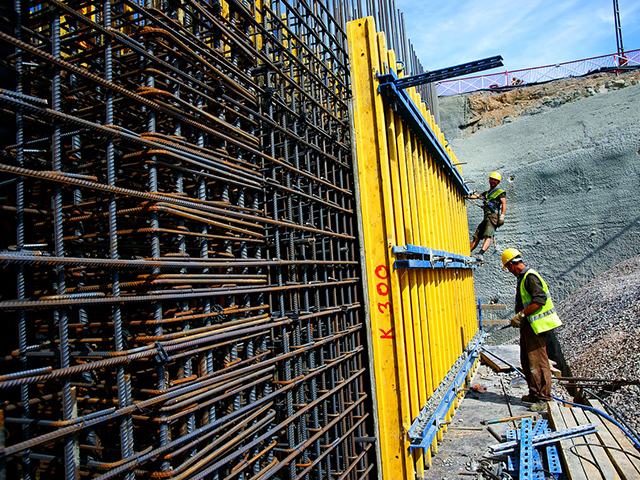Conventional mold refers to traditional formwork systems that have been used in the construction industry for many years, made using wooden or steel components. This system is preferred for reinforced concrete structures and is especially common in small- and medium-scale projects. Although it requires intensive labor and effort, its initial investment cost is quite low. Therefore, it is preferred for low-budget projects with limited reuse needs.
Conventional mold systems demand more labor compared to modern industrial formworks. However, they are still advantageous due to their ability to be produced using local materials and easily shaped with regional craftsmanship. In this system, formwork assembly and disassembly are done manually. This offers a flexible application opportunity specific to each project site. For this reason, it remains a frequently used system in residential projects, detached buildings, and boutique applications.
What is Conventional Mold?
Conventional formwork systems fall under the category of traditional formwork applications and are widely used in the construction sector. These systems consist of wood, plywood, or steel materials, allowing reinforced concrete structures to be poured in the desired shape. Since formwork components are manually installed and removed in these systems, they become flexible, easy to apply, and cost-effective. Due to the need for intensive labor, time planning is essential.
Even though modern formwork systems are well-developed, conventional formworks are still commonly used, particularly in small and medium-scale projects. Their cost advantage, ability to adapt to custom shapes, and use of local materials make them an appealing choice for construction firms. Additionally, they offer architectural flexibility thanks to their suitability for detailed applications.
Among formwork systems, the tunnel formwork system accelerates large projects, while conventional systems are more practical for specific and small-scale applications. This system relies on local labor. It is possible to enhance durability by supporting it with steel construction elements. Also, complex structures can be created by combining different formwork components.
The fundamental components of this system are:
The formwork forms the general shape where concrete is poured. Thus, it enables structural elements to harden in the desired dimensions and shape.
A temporary structure set up for ceiling or floor slabs. It ensures the concrete hardens into a smooth, flat surface.
Support elements that give shape and strength to the formwork. They keep the formwork fixed in place and bear the weight of the concrete.
Prevent the formwork from collapsing by using vertical or inclined support elements and transmit the load evenly to the ground.

Conventional formwork systems are among the low-cost, adaptable, and locally compatible formwork methods.
Advantages of Conventional Formwork Systems
Conventional formwork systems are often preferred in the construction sector due to their versatile usability. These systems stand out with their flexible design, ability to be assembled by local craftsmen, and low initial investment costs. They are an ideal solution for detached homes, boutique structures, and projects requiring unique architectural designs. These advantages are among the main reasons for their preference.
Another benefit is their easy adaptability to special shapes and sizes. While standard formwork systems are more limiting, this system allows project-specific applications to be carried out with ease. Furthermore, due to the high ratio of reusable materials, it is also one of the top choices in terms of sustainability.
The advantages of conventional formwork systems are as follows:
Conventional formwork systems are still widely used today and remain a valuable construction method. These systems stand out in projects where large-scale systems are not needed due to their practicality and cost advantages.
To learn more about conventional formwork systems and their features and benefits, you can contact Gürbüz İskele.





